The Redwing is a small songbird in the Turdidae, or thrush, family. Their plumage has brown mottling, and the undersides of their wings are red.
Some people refer to the red-winged blackbird as a “Redwing,” but they are not genetically related. These little birds live throughout much of Eurasia, and scientists recognize two different subspecies. Read on to learn about the Redwing.
Description of the Redwing
These are relatively small birds, at about eight or nine inches long. Their wingspan is about a foot across, and they weigh about two ounces.
Their upper plumage is brown, their undersides are cream colored with brown dappling, and the undersides of their wings are red. When they close their wings, you can see the slightest tinge of red along the edges of the wing.
Interesting Facts About the Redwing
Like all animals, Redwings have several different adaptations and behaviors that make them unique. Learn more about these birds below.
- The Subspecies – Throughout the Redwing population, researchers recognize two different subspecies. The primary subspecies is Turdus iliacus iliacus, and it lives throughout a vast range in Eurasia. The second subspecies is Turdus iliacus coburni, which lives in Iceland, Ireland, and Spain.
- Outside of Range – Some populations of these birds migrate, and during migrations these birds can become blown off course. Because of this, birders have spotted them on the northeast and northwest coasts of North America on rare occasions.
- Widespread Bird – Like many species with extensive ranges, the Redwing has very large population numbers. Researchers estimate their population at somewhere between 100- and 150-million birds. However, large populations don’t necessarily mean this species is thriving. In the past 15 years the Redwing populations have decreased by 30% or so, depending on the region.
Habitat of the Redwing
This species lives in a variety of different habitats across its wide range. They inhabit woodlands, forests, grasslands, meadows, tundra, and more. They are also quite flexible, and adapt well to life in urban areas.
You can spot these birds in farms, pastures, parks, gardens, and even your backyard. Though they forage in more open areas, these birds nest primarily in forests, particularly birch and pine forests.
Distribution of the Redwing
This species lives in different regions at different times of year. They live throughout Europe, parts of northern Africa, the Middle East, and northern Asia.
The Redwings migrate into northern Asia and Europe during the spring and summer to breed, and spend their winters in the western regions of Europe. Some populations are year-round residents.
Diet of the Redwing
Like most thrushes, Redwings are omnivores, which means they eat both plants and animals. They hunt for invertebrates, like insects and worms, throughout the year. During the winter, they feed more heavily on berries, seeds, and nuts.
Some of their favorite berries come from hawthorn bushes and mountain ash. They hunt for a variety of invertebrates, including earthworms, slugs, snails, spiders, and a variety of insects.
Redwing and Human Interaction
This species interacts with humans regularly, primarily by visiting gardens and birdfeeders. Redwing breeding success changes based on seasonal variability caused by climate change.
Weather and temperature extremes cause large numbers of redbird offspring to fail before reaching breeding age. Habitat destruction, primarily for agriculture, also causes population decline. The IUCN lists this species as Near Threatened for these reasons.
Domestication
Humans have not domesticated Redwings in any way.
Does the Redwing Make a Good Pet
No, Redwings do not make good pets. Though they are small songbirds, they do not thrive in a household setting. In many places, it is also illegal to own one as a pet.
Redwing Care
In a zoological setting, Redwings require similar care to other songbirds. They are omnivorous, and feed on both plants and animals. Thus, zookeepers feed them a variety of fruits, berries, seeds, and nuts, as well as crickets, mealworms, and pelleted insectivore feed.
They thrive in large enclosures or aviaries, and most zoos house them in aviaries with a variety of trees, shrubs, perches, and other songbird species. Some of the different bird species that these birds interact with include starlings, blackbirds, other thrushes, and more.
Behavior of the Redwing
Outside of the breeding season thrushes are quite social. Flocks of thrushes forage together, and forage with other species of songbirds. While groups of 10 or 20 are more common, some flocks surpass 100 or 200 birds.
They spend much of their day foraging for food, and roost together at night. As the breeding season approaches, they migrate back to their breeding grounds and pair off.
Reproduction of the Redwing
Redwings build their nests in shrubs and bushes or on the ground. They build their nests out of grasses and small twigs. Females lay between four and six eggs, and incubate them for about two weeks.
When they hatch, the young are completely helpless and blind. It takes just two weeks for the chicks to begin learning to fly, and they are fully independent when they are about a month old.

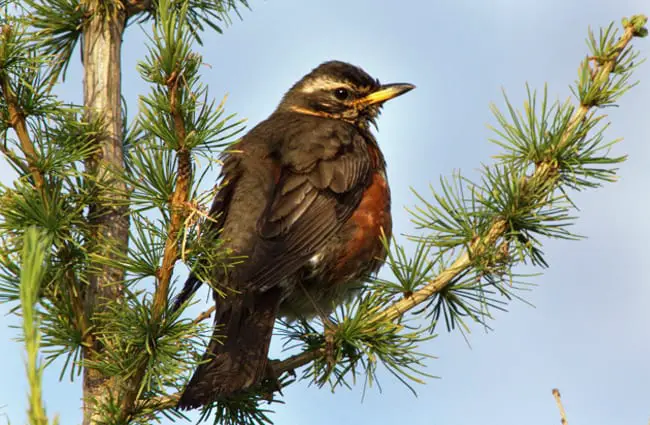
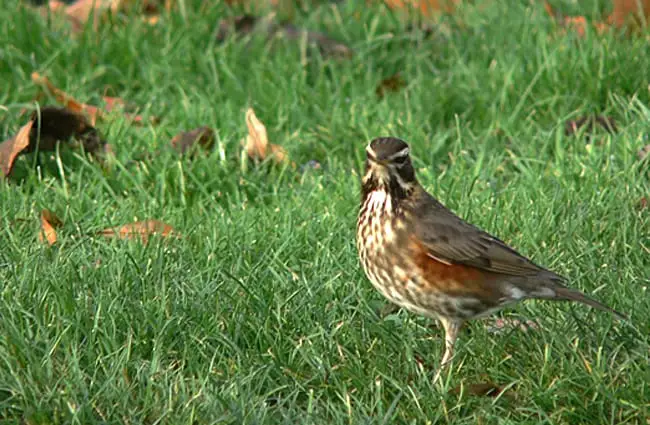

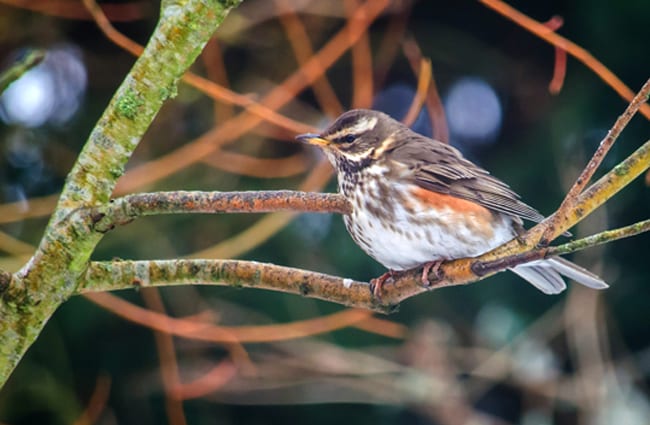
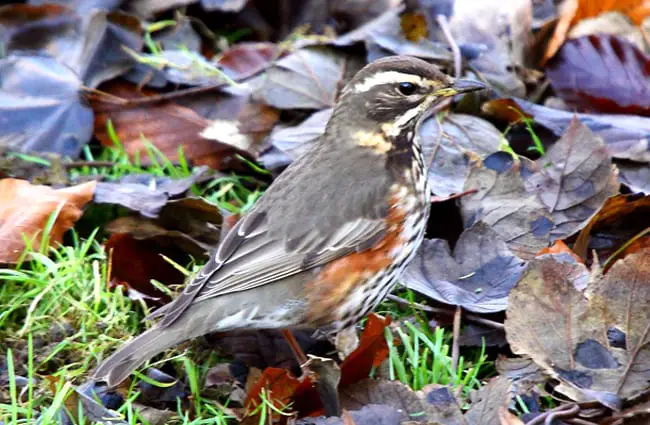
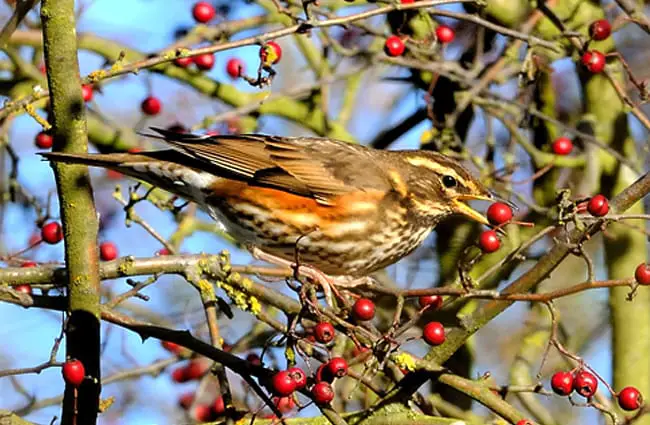


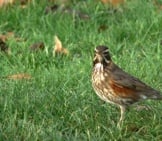
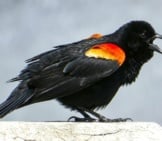
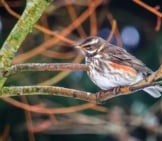
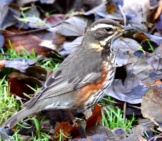
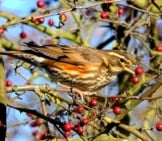

![Red Angus Closeup of a beautiful Red Angus cowPhoto by: U.S. Department of Agriculture [pubic domain]https://creativecommons.org/licenses/by/2.0/](https://animals.net/wp-content/uploads/2020/03/Red-Angus-4-238x178.jpg)












![Red Angus Closeup of a beautiful Red Angus cowPhoto by: U.S. Department of Agriculture [pubic domain]https://creativecommons.org/licenses/by/2.0/](https://animals.net/wp-content/uploads/2020/03/Red-Angus-4-100x75.jpg)

